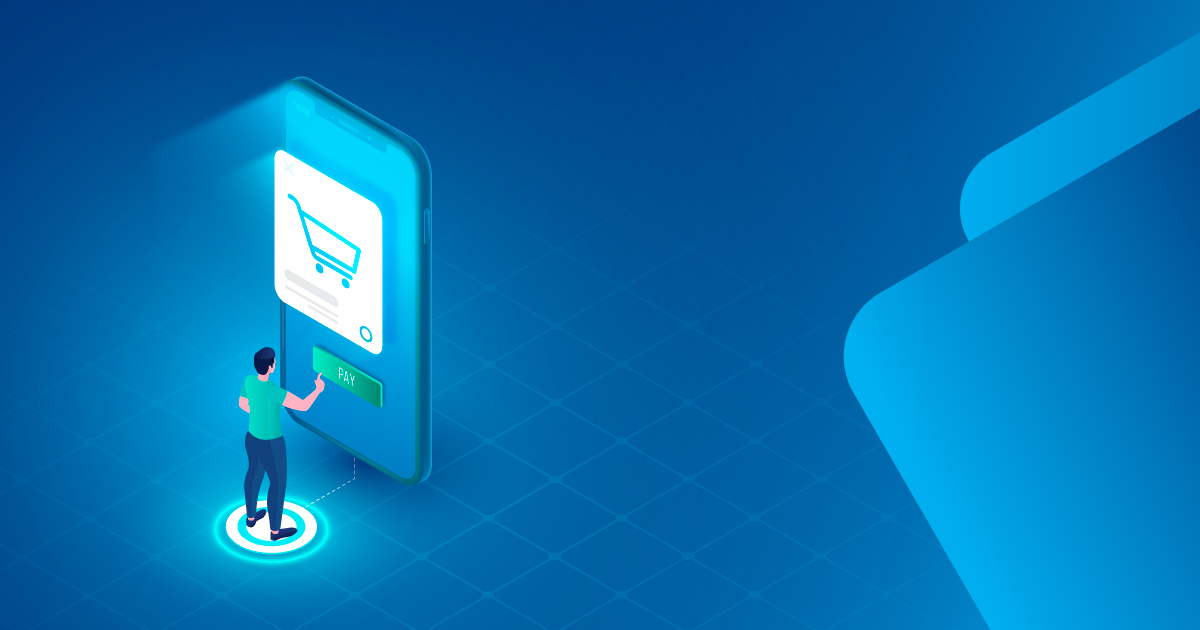
February 1, 2021
Online Banking Platforms: Perceptive Vs. Deceptive

According to the 2017 Global Findex survey, 69% of adults worldwide are banked users, with 73% of those people using online banking.(1) It comes as no surprise that end-users are relying more and more on mobile technologies to perform essential everyday tasks, and the number is anticipated to continue to increase rapidly and massively in the coming years.
While mobile banking applications have been considered as one of the top consumed applications among users for years now, the global pandemic heightened their dominance as a primary channel of interaction between banks and their clients. Today, what was once a luxury to offer an application where users can conduct payments and manage their accounts, is now necessary for business continuity in the banking sector.
What is Online Banking?
Online banking, also known as internet banking, is a platform that allows users to interact with their bank and conduct the banking services they require without the need to visit a branch, from checking account balances to conducting payments on the go via a web or mobile channel.
What Makes an Online Banking Platform Successful?
The success of an online banking platform highly relies on it being a secure channel that is user-friendly, easy-to-use, and utterly convenient. It needs to cater for all types of banking clients, whether Gen Z that is extremely familiar with digital channels, or senior citizens that are unable to physically visit a banking branch. If the user experience is unproductive for any or all of these segments, the bank’s clients will either stop using the online banking platform, be dissatisfied with the bank’s services, or look into alternative, more user-friendly solutions presented by competitors.
This is often the case when banks crowd their online banking platform with overwhelming features and unnecessary content that does not highlight frequently used services – and the end-user ultimately feels lost, and frustrated.
“Trust is a core communication issue for financial brands today as millions of people rely on their services to live their lives. The value customers place on ease of use can easily outweigh their loyalty to a particular provider. And if financial brands provide good user experience, they are in a great place to build trust.”(2)
Much like in any other technology, User Experience (UX) serves as a bridge between the bank and the end-user in online banking. This is done through four essential roles that are critical to the online banking platform’s success including:
- Understanding the end user’s needs, challenges and goals to determine how the online banking platform will work to serve their needs
- Building an efficient platform based on the end-users’ perspectives to optimize marketing and business goals
- Including multiple teams in creating and designing the platform to provide a highly accessible and satisfactory outcome that drives customer loyalty
- Building personas that take into consideration how the end-user will interact with the platform to detect features that have not been considered
To conclude, launching a successful online banking platform that attracts and retains clients highly relies on whether it is easy-to-navigate, and how much your bank’s or solution provider’s UX team can deliver, whether from recommendations, customer feedback, or testing.
So before you embark on rapidly launching your online banking platform, remember that it could do more harm than good if not executed perceptively.
References:
- (www.degordian.com), Degordian. “The Importance of Good UX/UI in Banking and Payments.” Mercury Processing Services International, 19 Feb. 2019, www.mercury-processing.com/industry-news/importance-of-good-ux-ui-banking-payments/.
- Milenkovic, Jovan. “43 Useful Online Banking Statistics - All About Mobile Money!” KommandoTech, 20 July 2020, kommandotech.com/statistics/online-banking-statistics/.



